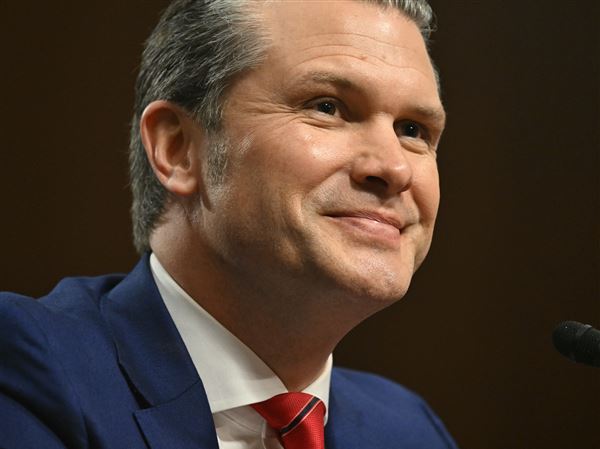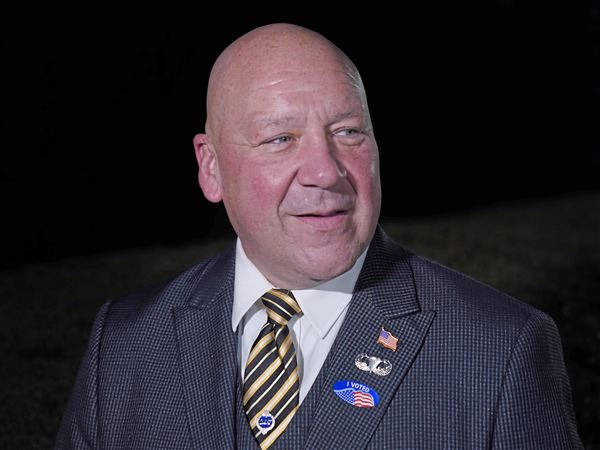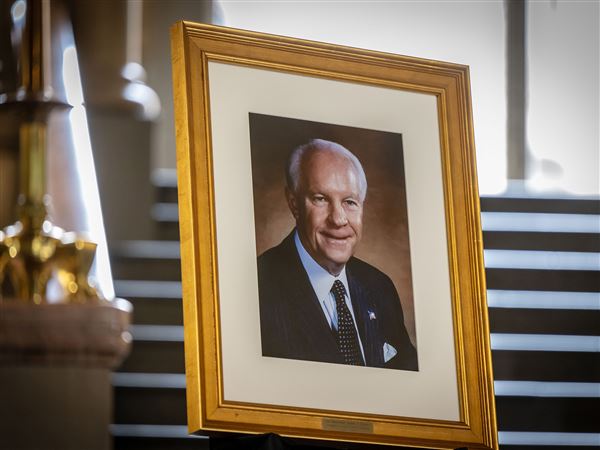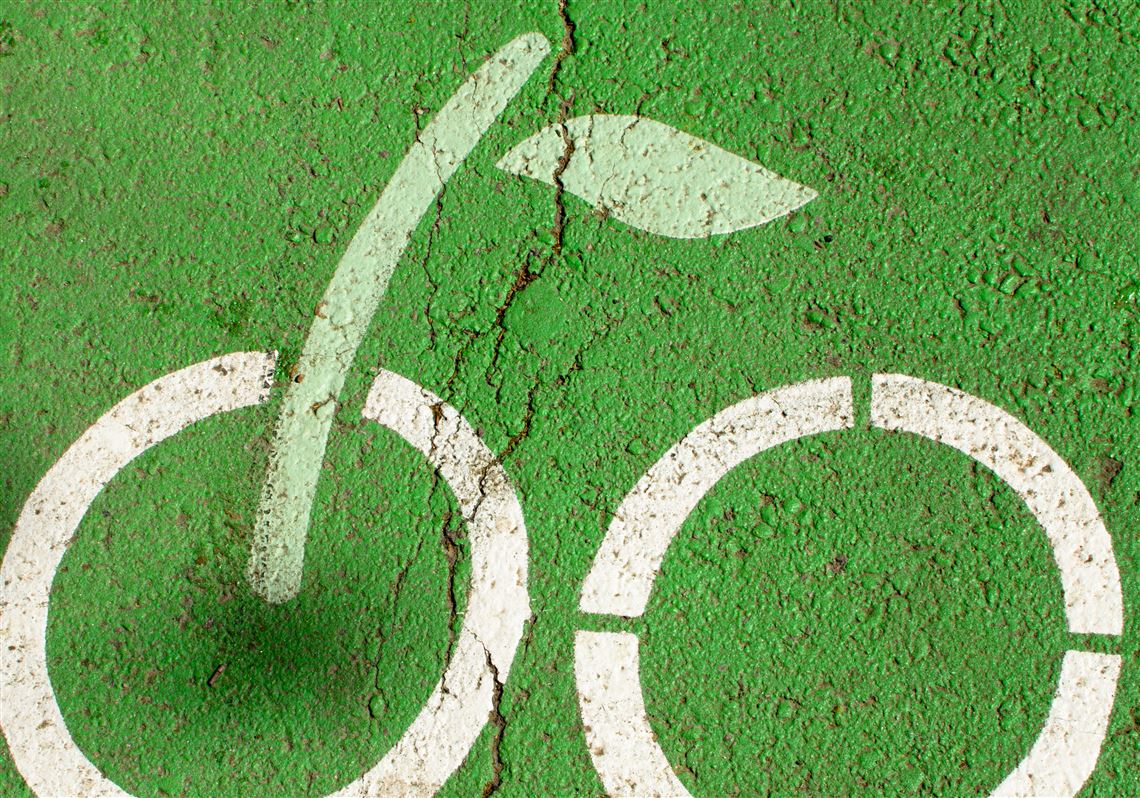As summer temperatures arrive in much of the United States, people are dusting off their bicycles, pumping up the tires and hitting the trails. But in a growing number of communities, this ritual is being replaced with the swipe of a keycard or the use of a combination code to unlock a shared bicycle. What the riders may not realize is that they are participating in something much larger, a major shift in our transportation and energy systems.
When Pittsburgh opened its bike-share program last Sunday, the number of operational systems in the United States reached 58, with a combined fleet of close to 32,000 bicycles. Other U.S. cities that have launched programs this spring include Philadelphia; Dayton, Ohio; Fargo, N.D.; and Topeka, Kan.
The largest in the United States is in New York City, where 6,000 bicycles can be picked up and returned at hundreds of stations throughout lower Manhattan. It took the No. 1 spot from bike-sharing pioneer Washington, D.C. Since Washington’s program opened in 2010, new bike lanes have popped up throughout the capital city, and the number of workers commuting by bicycle has doubled.
It is difficult to find an American city now that is not at least exploring bikes as a public transportation option. Within the next couple of years, the number of shared bikes on U.S. streets will likely double as large programs are added in places like Honolulu and Los Angeles and as existing programs expand.
The San Francisco Bay area, for instance, is looking to enlarge its bike-sharing program tenfold from 700 to 7,000 bicycles. And New York plans to expand throughout the city to 12,000 bikes. Taking the basic bike-sharing model a step further, Birmingham, Ala., plans to offer some electrically assisted bikes when it opens its program this fall, helping riders to conquer hills more comfortably.
Bike-sharing is attractive to young people who are not as enamored with cars as their parents were. Local economies benefit when more people move around on two wheels, remaining part of the urban landscape instead of just passing through it in a sealed-up car. Colleges and universities, often hard-pressed to provide parking, also are starting to embrace bike-sharing.
Even GM, America’s largest automaker, has paired with bike-share provider Zagster to put a fleet of two-wheelers on its 19,000-employee campus in Detroit. The program launched in August and, in its first month, employees who used the bikes instead of driving and parking their own cars or waiting for a company shuttle saved the equivalent of a full work year in time.
GM’s sustainability director noted that “today’s traditional business model of selling vehicles to individual consumers is under threat, not just through social issues like local air pollution and congestion, but also through new trends and new mindsets … the sharing economy.”
When a leading car manufacturer turns to the humble bicycle to get around traffic congestion, we can tell things are changing. The priority is no longer the car, but mobility.
Our future transport systems will be diverse, with bicycles connecting people to buses, light rail and trains. Car-sharing programs, now used by some 1.2 million Americans, will multiply, shrinking the overall motor-vehicle fleet.
With battery costs falling, electric cars will soon be cost-competitive with conventional vehicles, and more and more of them will be getting power from renewable energy. Coal smokestacks are being replaced by wind turbines and rooftops are getting covered with solar panels. In addition to being increasingly cost-competitive, energy from the sun and the wind is inexhaustible, making it a backbone of a new energy and transportation economy that can last indefinitely.
We can all be part of this transition to reduced fossil energy consumption, less traffic, safer streets, cleaner air and healthier families. Instead of running on fuel sourced from half a world away, the new energy economy can be powered with electricity produced mere feet above our heads. The energy independence that is within reach represents a new freedom, sort of like that feeling of liberation you may have experienced the first time you took off on a bike.
Things are moving fast. Enjoy the ride.
Janet Larsen is director of research for the Earth Policy Institute and a co-author of “The Great Transition: Shifting from Fossil Fuels to Solar and Wind Energy,” with Lester R. Brown, J. Matthew Roney and Emily E. Adams (jlarsen@earth-policy.org).
First Published: June 7, 2015, 4:00 a.m.
















